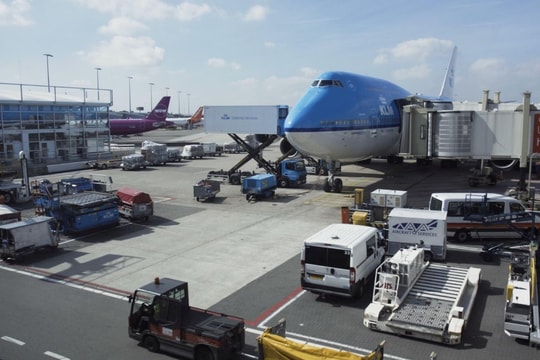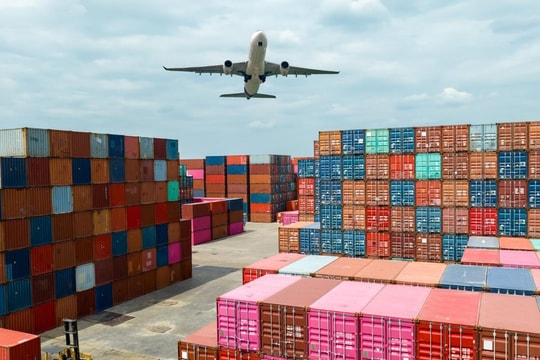
Details of the New Tariff Order
According to the executive order signed by President Trump, a baseline 10% tariff will be imposed on all imported goods entering the United States starting April 5, 2025. This marks the beginning of what the White House calls the "Global Reciprocal Tariff" policy, intended to correct the longstanding trade imbalance between the U.S. and its international partners. Specifically, countries with large trade surpluses with the U.S. will face significantly higher tariffs to reflect the perceived "unfairness" in bilateral trade. Among these, China is subject to the highest rate at 54%, after an additional 34% was added to the previous 20%. This is another strong move in a series of aggressive measures the Trump administration has taken to curb China’s economic rise. The European Union, a key economic partner of the U.S., faces a 20% tariff, while Japan will be subject to 24%. Notably, Southeast Asian countries such as Vietnam, Laos, and Cambodia are also heavily affected, with tariffs of 46%, 48%, and 49% respectively, raising major concerns among businesses about the competitiveness of their products in the U.S. market. For the automobile industry one of the sectors with high import levels—President Trump ordered a new 25% tariff on all imported vehicles starting April 3. This move is seen as an effort to promote domestic manufacturing and attract reinvestment from multinational automotive companies. President Trump claimed this policy could generate up to $6 trillion in revenue and "restore fairness for America's middle class."

The imposition of sweeping tariffs on global goods indicates that the U.S. is prioritizing short-term domestic economic interests over maintaining its leadership role in the open and stable trade order it helped establish after World War II.
Reactions from Affected Countries
Just hours after the White House announced the order, numerous governments and international organizations simultaneously expressed serious concern and strong opposition. The European Union, through European Commission President Ursula von der Leyen, criticized the move as a major setback for global economic cooperation and warned of its negative effects on supply chains and consumers both in the U.S. and in affected countries. Von der Leyen emphasized that vulnerable economies, which rely heavily on exports to the U.S., would be pushed into more difficult situations than ever before. The Japanese government took a firm stance, calling the U.S.'s unilateral decision "extremely regrettable" and warning that Tokyo may consider reciprocal countermeasures if no mutual understanding is reached through negotiations. South Korea, a country with a robust automotive and electronics industry, quickly convened an emergency cabinet meeting. Prime Minister Han Duck-soo announced an emergency support package for affected businesses and did not rule out the possibility of filing a complaint against the U.S. at the World Trade Organization (WTO). In Vietnam, the Minister of Industry and Trade submitted a report to the Prime Minister highlighting that key export sectors such as textiles, electronics, wood, and seafood would suffer significant losses if the 46% tariff is officially implemented. Industry associations are pushing for high-level dialogues with the U.S. while proposing support solutions to help domestic businesses redirect markets and improve product quality to maintain competitiveness. Meanwhile, international political analysts believe that the chain reaction from affected countries could lead to a new large-scale global trade war with unpredictable consequences.
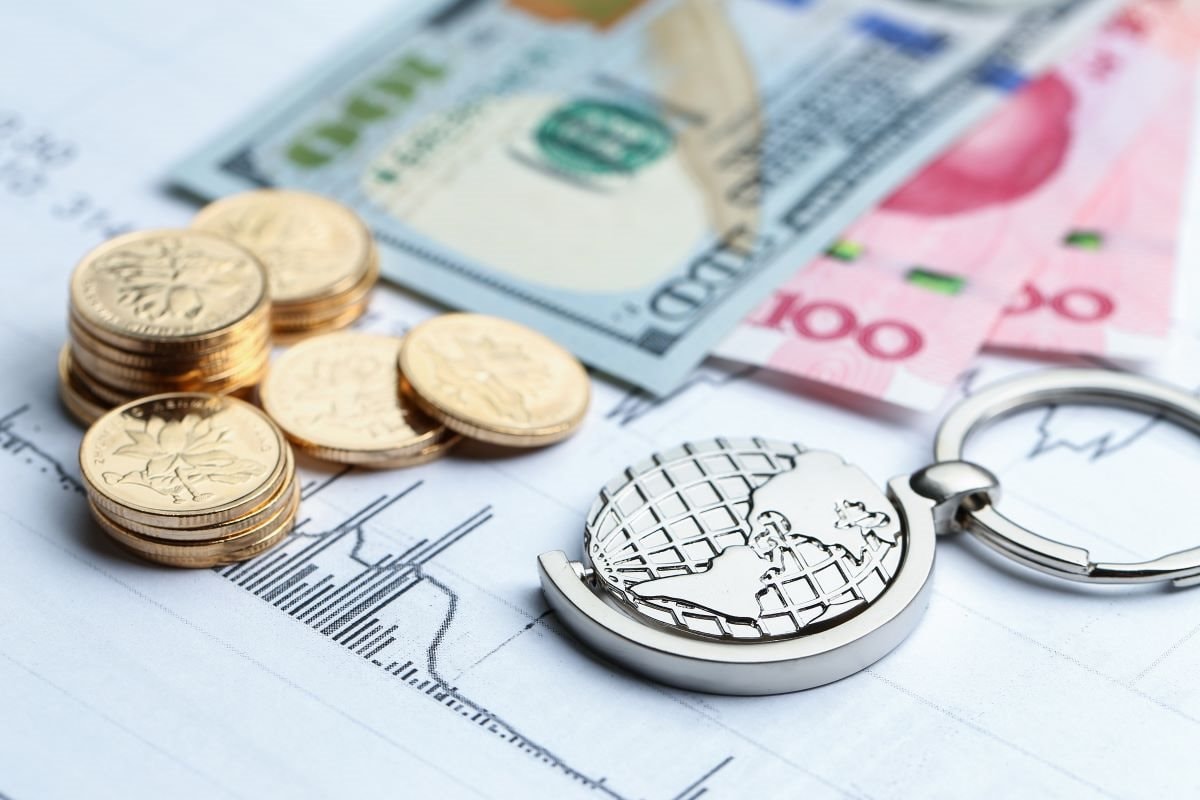
Impact on the Global Economy
The abrupt change in U.S. trade policy, with a return to protectionism, has triggered strong reactions in financial markets. The Dow Jones Index plunged over 900 points immediately after the executive order was signed, while other indices like Nasdaq and S&P 500 also dropped sharply. Market instability quickly spread to Asia and Europe, revealing investor anxiety over the risk of escalating trade tensions. Economic experts forecast that commodity prices will rise in the near future due to increased tariff costs, directly affecting American consumers. Additionally, affected countries may retaliate by raising tariffs on U.S. goods or shifting trade cooperation to other partners, which could reduce global trade flows and hinder post-pandemic economic recovery. Developing countries that depend on exports to the U.S. will especially struggle to maintain growth and social stability. In Southeast Asia, high tariffs mean a loss of price competitiveness, forcing businesses to cut production, lay off workers, or relocate factories to avoid the tariffs. Experts warn that if this situation persists, it could undermine global investor confidence, prompting multinational corporations to pause expansion plans and causing negative ripple effects across sectors from industry to services.
The Trump administration’s tariff policy is not merely an economic decision it also reflects a new geopolitical mindset in which trade is used as a tool to reshape the balance of global power.
Commentary
President Trump’s reciprocal tariff policy is a high-stakes strategic move. Politically, it reinforces the image of a leader protecting national interests, especially with the 2024 election approaching. Economically, however, this decision could spark an unprecedented wave of trade tensions. If not managed through bilateral or multilateral dialogue mechanisms, the world may enter a new cycle of protectionism, undermining decades of efforts toward trade liberalization. Meanwhile, affected countries, including Vietnam, must quickly reassess their export strategies, diversify markets, strengthen internal capacities, and increase product value to adapt to the new and volatile trade environment. The key question now is not only how to respond to the U.S. tariff order, but also how to maintain a firm position within a rapidly evolving and unpredictable global trade landscape.


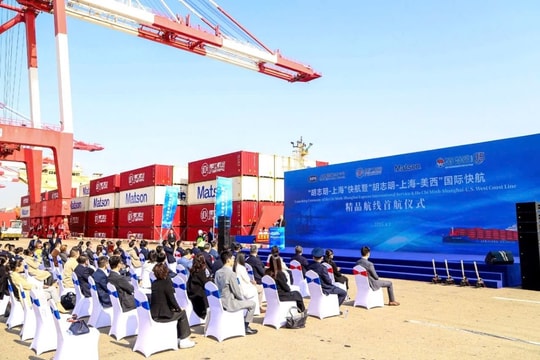


.jpg)

.jpg)


.jpg)
.jpg)



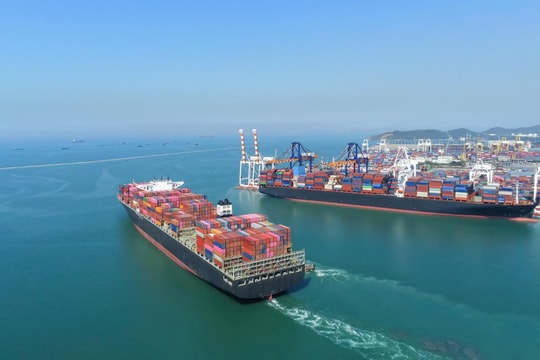

.png)


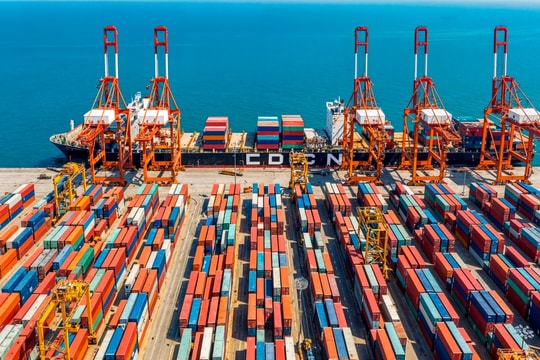

.png)
